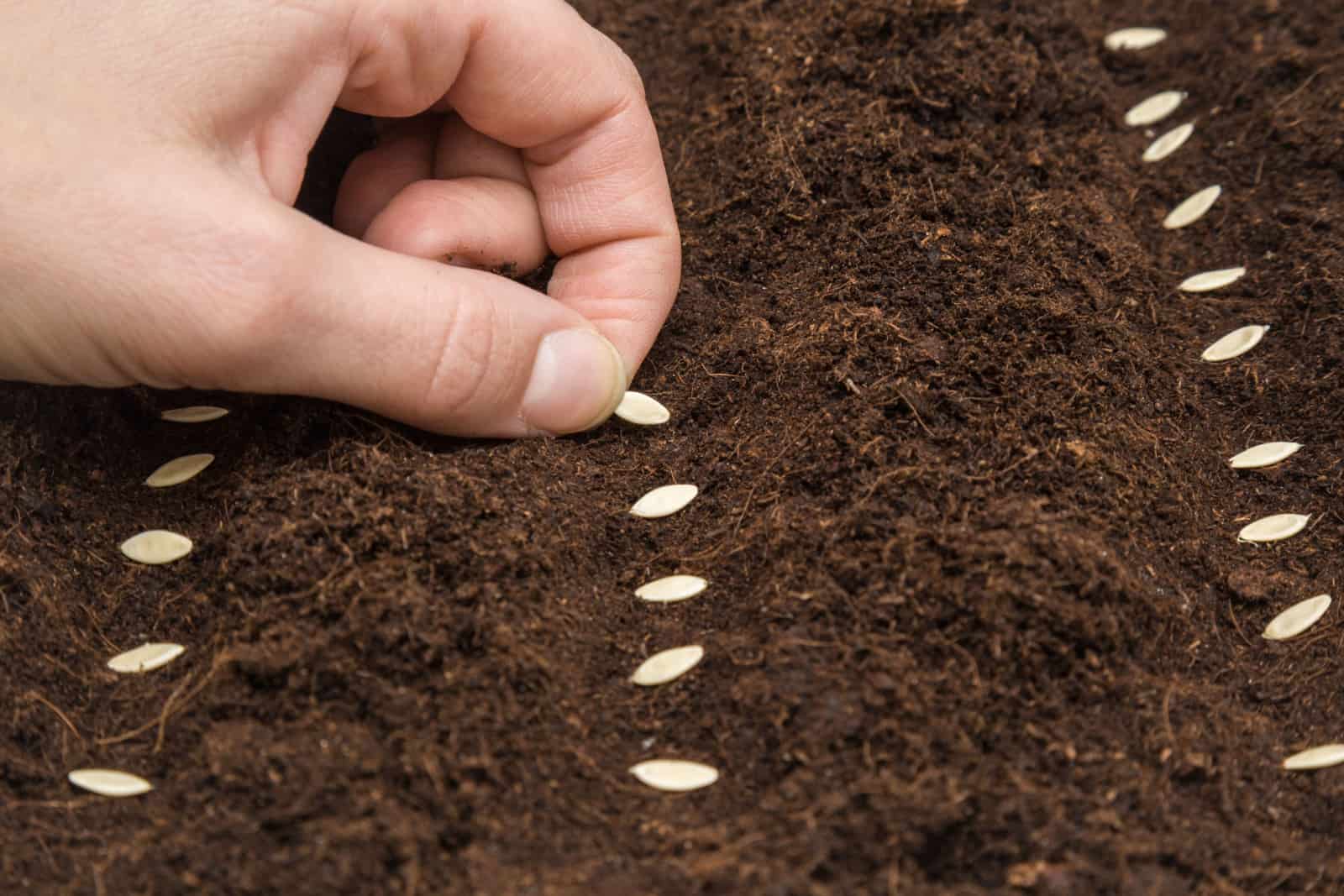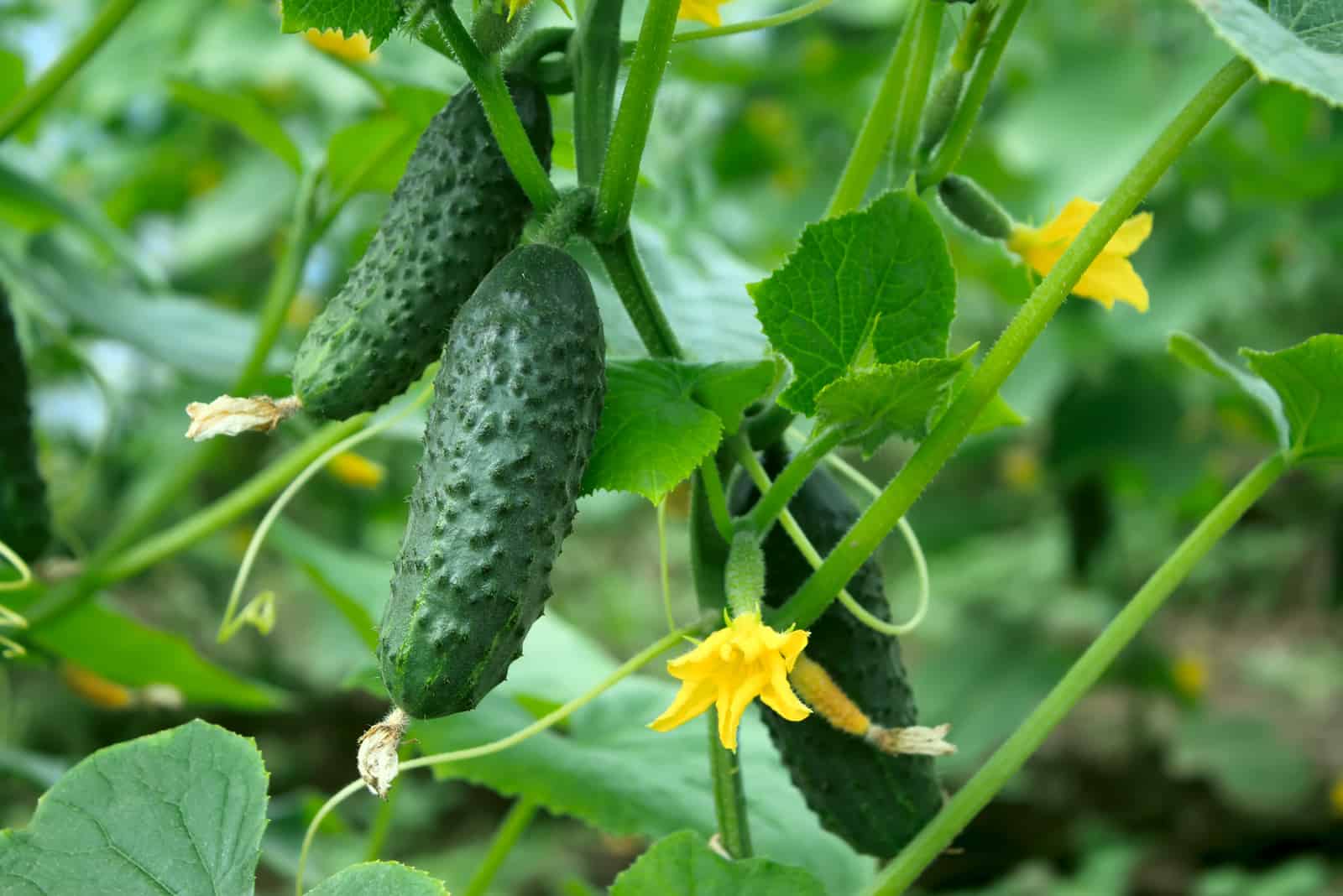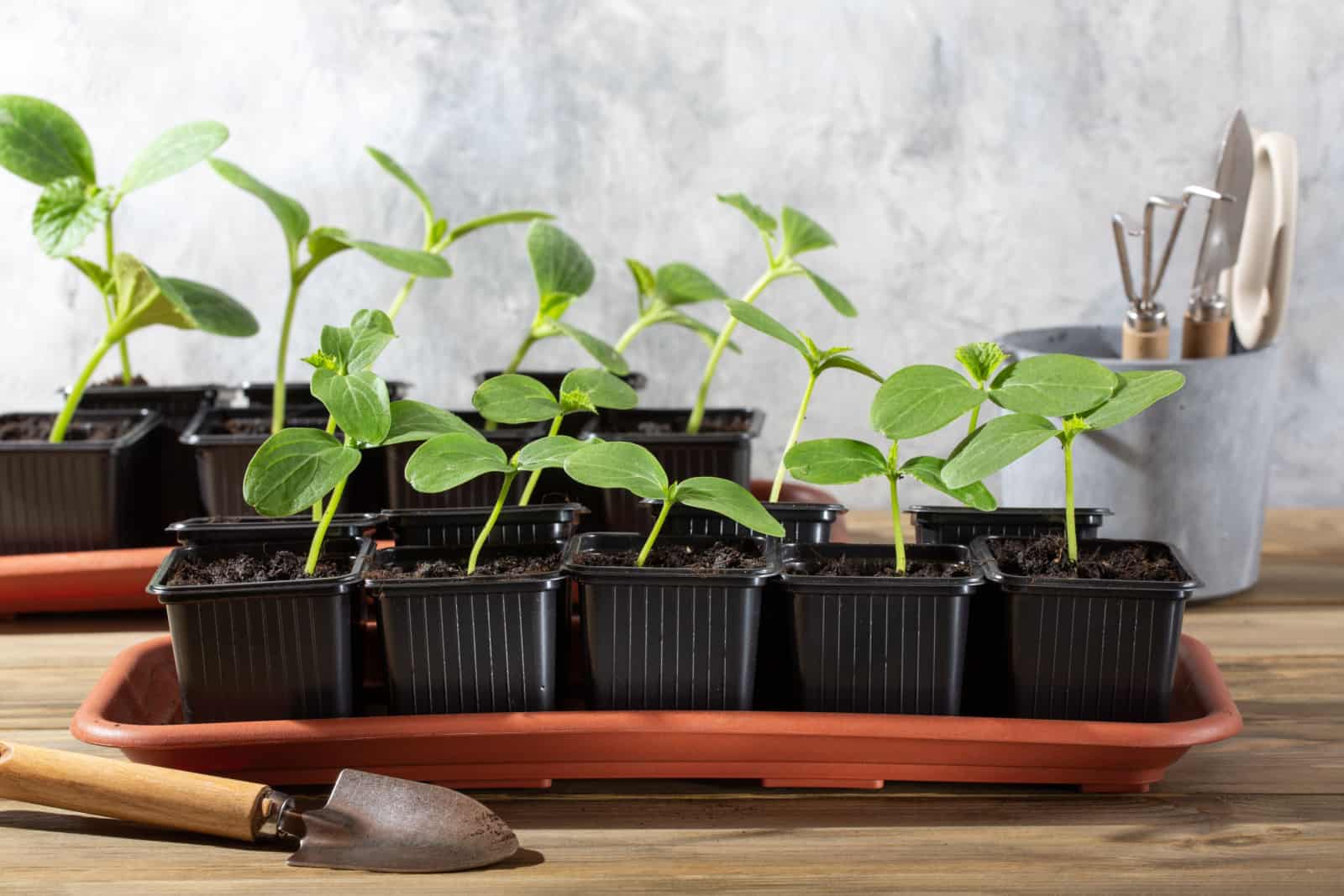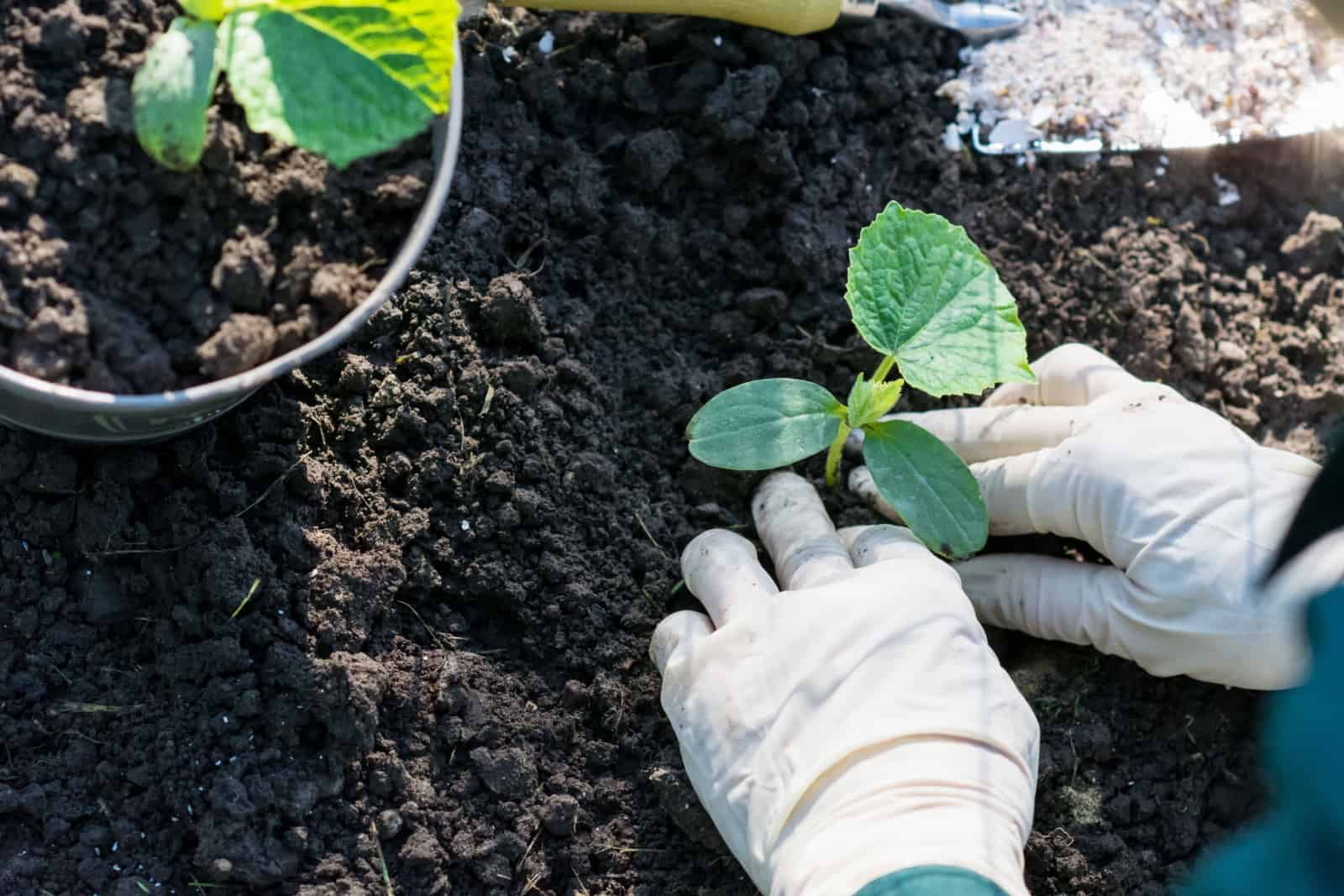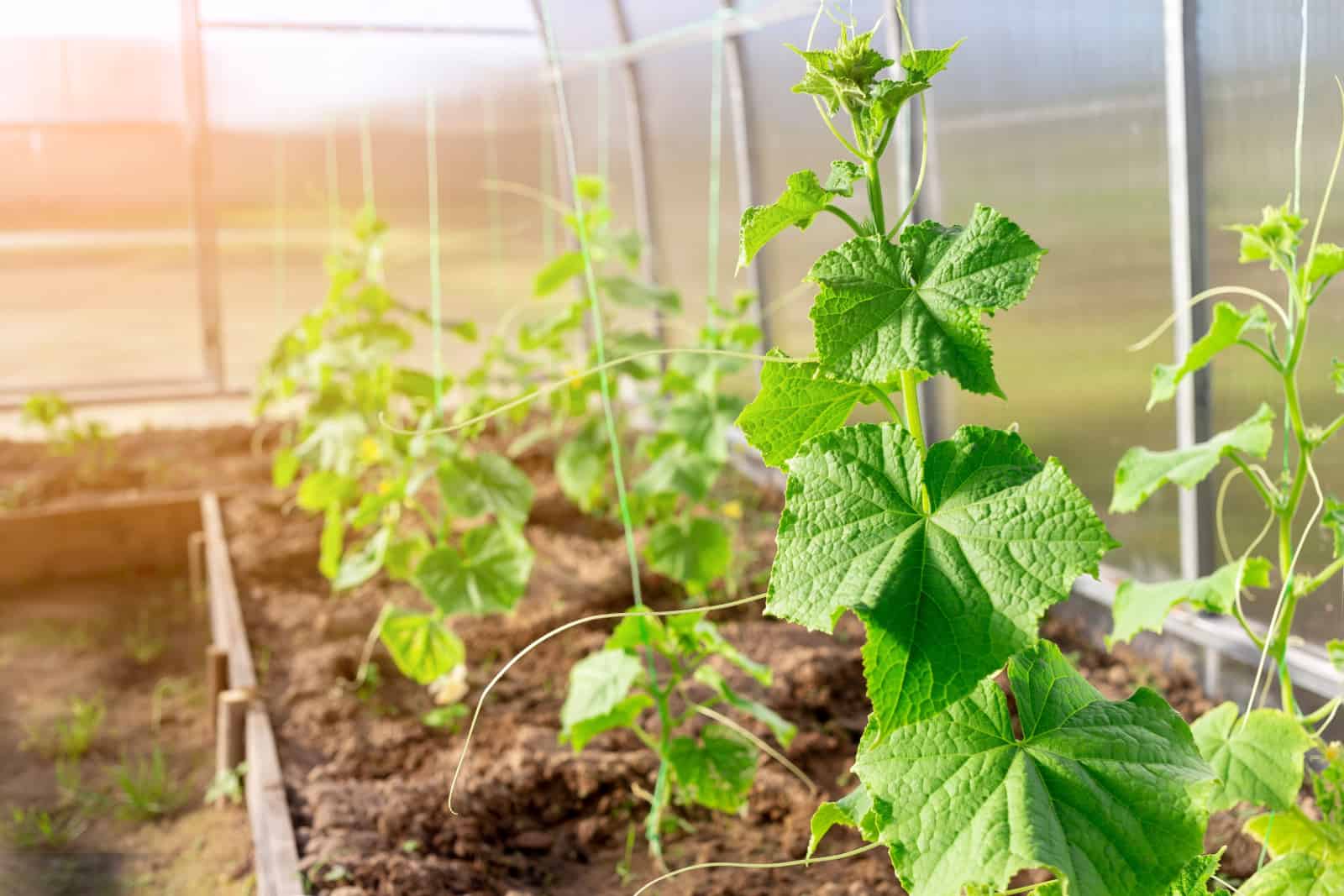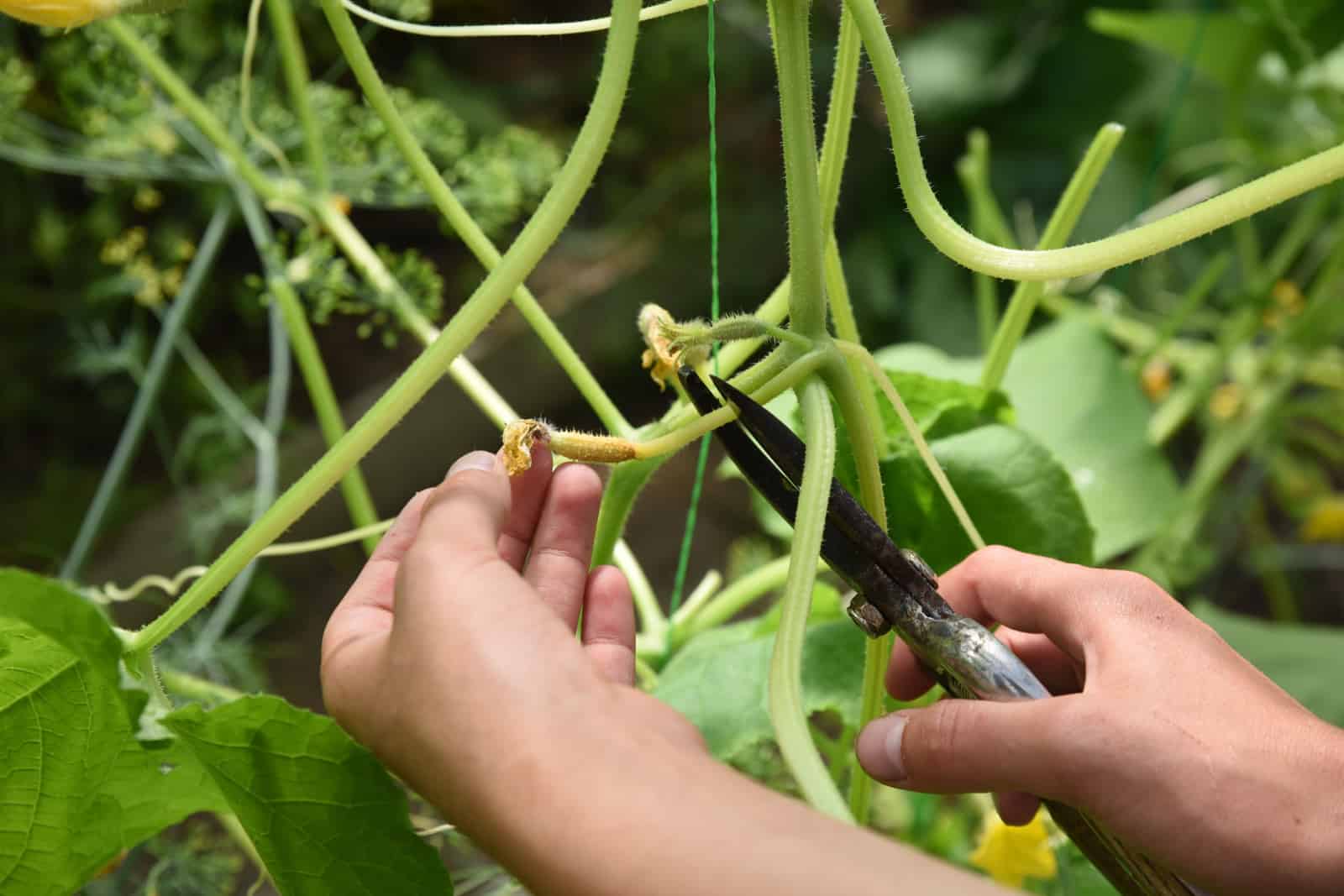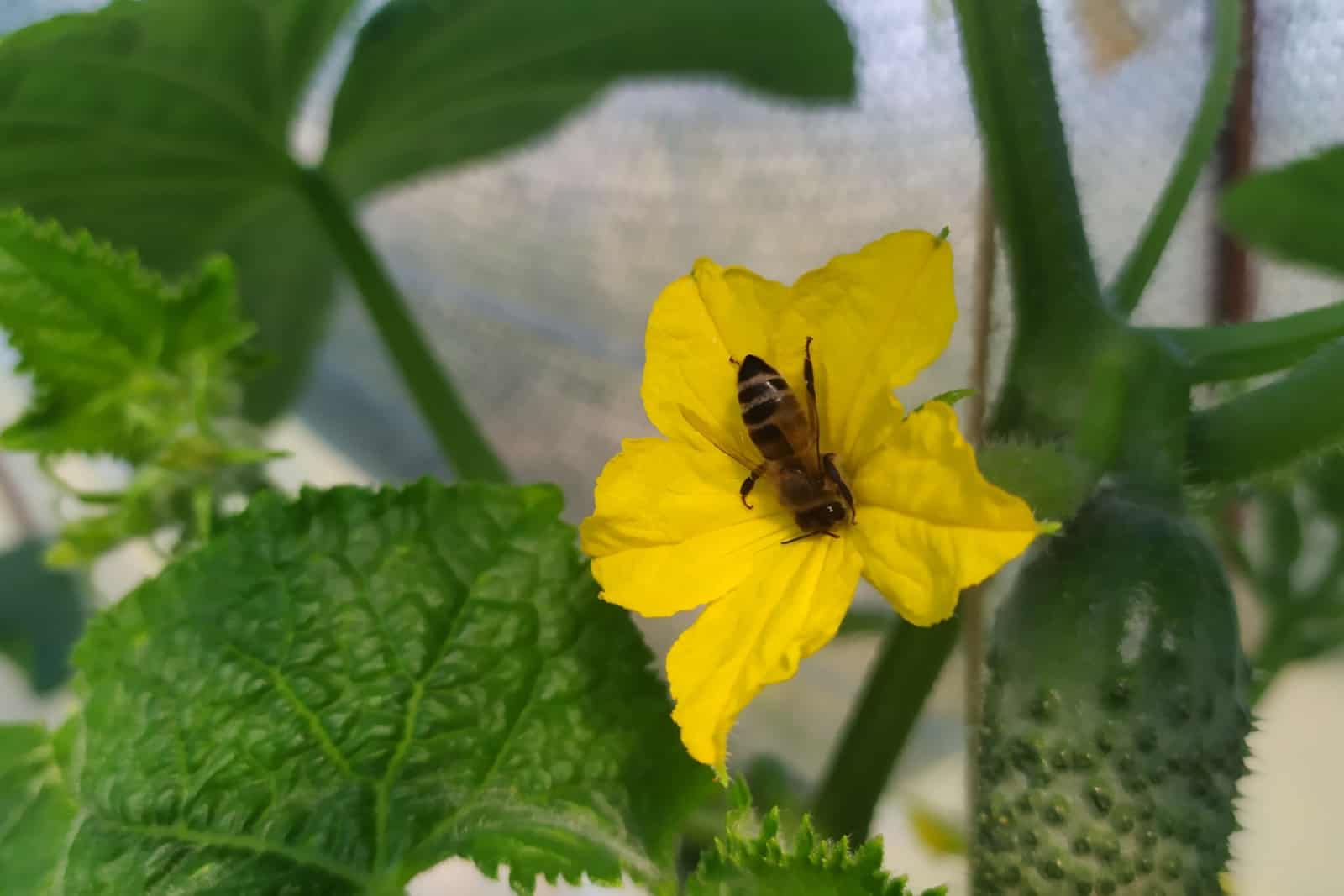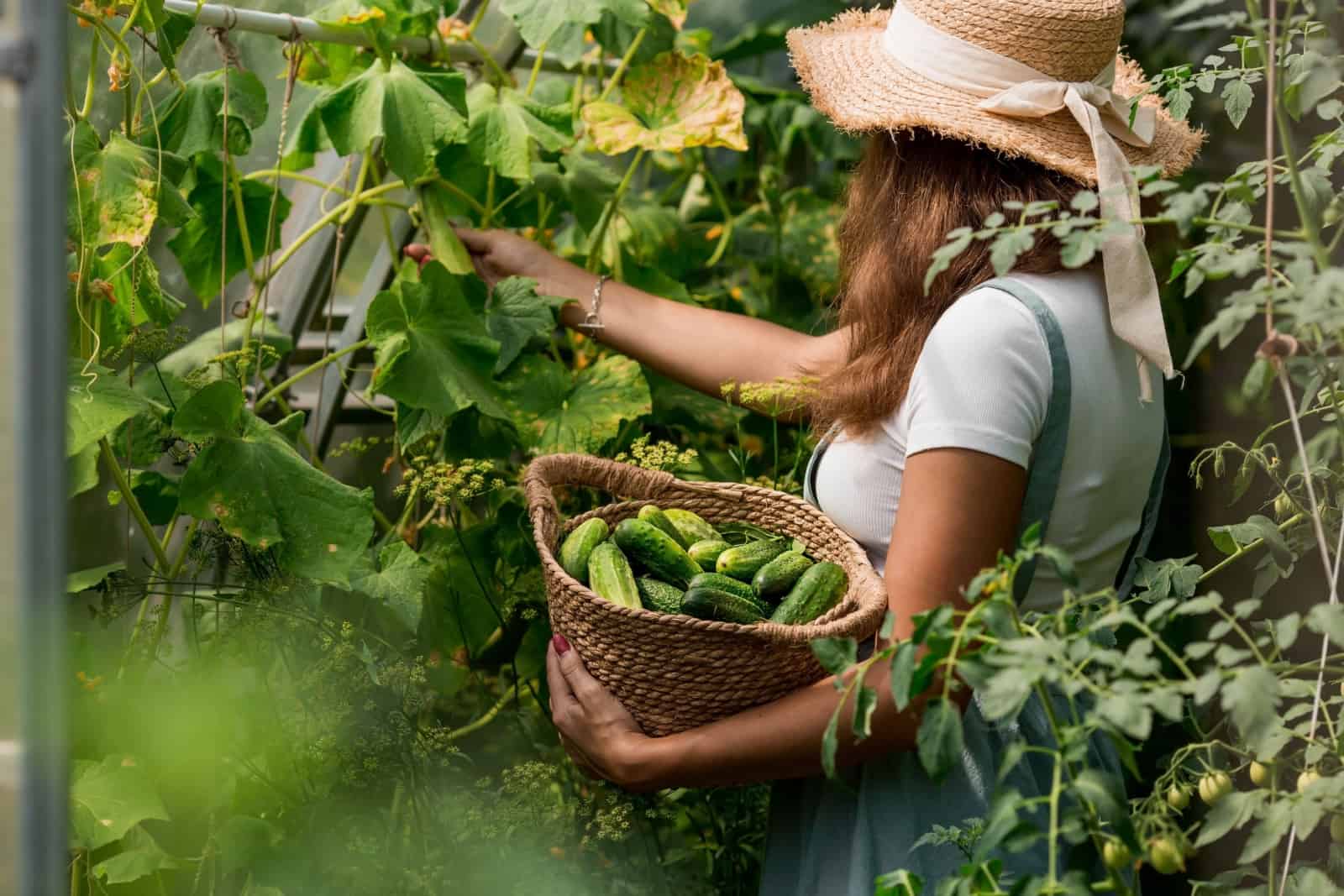Are you a beginner gardener who wants to learn how to grow cucumbers? Or an experienced gardener looking for some new tips to take your cucumber game to the next level?
If so, you have come to the right place!
In this article, we are going to explain how to overcome certain challenges when growing cucumbers, such as transplant shock, tough cucumber skin, or a bitter taste. We can help you with everything from picking the best variety to perfecting the art of pruning.
Put on your gardening gloves and let’s begin our cucumber-growing adventure!
1. Find The Perfect Cucumber Variety
If you want to enjoy cucumbers, you should grow the ones that suit your taste. Generally, cucumbers can be divided into three categories: slicing, pickling, and burpless.
Slicing cucumbers are ideal for sandwiches and salads. They are usually larger in size and have a thicker skin, making them great for slicing and eating fresh.
Some popular slicing cucumber varieties include Straight Eight, Marketmore, and Armenian cucumbers.
For those who love making pickles, pickling cucumbers are the best choice. These cucumbers are perfect for pickling because they are smaller and have thinner skin.
Boston Pickling, National Pickling, and Homemade Pickles are a few popular cucumber pickling varieties.
If you’re looking for a cucumber that’s easy to digest and has a mild flavor, then consider growing burpless cucumbers. They are seedless and have thin skin, which makes them less likely to cause indigestion.
Some popular burpless cucumbers include Sweet Success, Suyo Long, and Japanese cucumbers.
2. How To Successfully Plant The Seeds
Cucumbers are members of the The Cucurbitaceae family, a sun-loving group of veggies. This means that these cucumbers will thrive in a location with warm temperatures and plenty of sunlight. These two things should be considered when planting the seeds.
Cucumbers are one of the best vegetables to grow in greenhouses, though you can sow them directly in the soil if you prefer. You can also start the seeds indoors if you live in a region with short summers.
A few weeks before the last frost date is the ideal time to start cucumber seeds. When the soil and air temperatures rise, the seeds will have enough time to germinate in warm soil before being transplanted outside.
If you want to plant them outdoors, wait until the soil temperature has warmed up (usually about two weeks after the last frost). The seed packets themselves should be used to sow the seeds.
Make sure the rows are spaced around 3 feet apart and plant the seeds an inch beneath the soil’s surface. Seeds for cucumber fruit vines should be spaced roughly one foot apart.
Row coverings can be used to cover cucumbers if you reside in a chilly region.
The next cucumber growth stage is germination – if the conditions are optimal, your seeds will germinate and sprout.
3. Try Companion Planting
Before you plant the seeds, you should also consider what plants to grow nearby. Companion planting is an old gardening technique that is still being practiced today, which involves planting species that help each other grow and develop close together.
Some plants can even attract pollinators and beneficial insects, while also repelling harmful pests that could potentially harm your other plants.
Such methods can be used when growing cucumbers as well. Good companion plants for cucumbers include:
• Nasturtium
• Marigolds
• Beets
• Beans
• Radishes
• Corn
• Celery
• Sunflowers
• Peas
• Dill
Plants not to grow with cucumbers:
• Potatoes
• Peppermint
• Brassicas
• Melons
• Fennel
• Basil
• Sage
Cucumbers can make potatoes more susceptible to blight, while Brassicas and cucumbers might end up competing for nutrients. Peppermint and basil have strong fragrances that can affect the taste of cucumbers.
Melons and cucumbers are both vining plants that are susceptible to the same pests and diseases, so growing them together will only end up in infected and tangled plants.
4. Transplanting Cucumber Seedlings
This step isn’t required if you plant the cucumber seeds directly in the ground. Transplanting cucumber seedlings is only necessary if you started the seeds indoors.
When transplanting cucumber seedlings, it is important to choose a sunny garden space. Be careful because these seedlings are quite fragile and can suffer from transplant shock. Before transplanting, put them outdoors for a few hours so that they can harden.
Here are the steps for transplanting cucumber seedlings:
1. Wait for the perfect weather – wait for a gloomy day or plant in the late afternoon to avoid exposing your new seedlings to direct sunlight.
2. Make sure that the soil is moist – this will make it easier to take the seedlings from their pots. They will already have formed strong roots that can prevent the soil from dissolving.
3. Prepare the soil – plants prefer loose, nutrient-rich, well-draining soil. Since cucumbers are known to be heavy feeders, you might as well amend the soil before transplanting with fertilizer or compost. They can be planted in raised beds with a pH range of 6.5 to 7 for a large harvest.
4. The seedlings should be planted at the soil level – you can even go deeper if they are longer.
5. Give them plenty of water – wet soil will help their adjustment and prevent transplant shock.
6. Space the seedlings roughly 6 inches apart
7. Get the trellis ready before transplanting – cucumber seedlings develop quickly and will need something to climb on.
5. Check Soil Quality
Ideal soil for cucumbers is well-draining, loose, and filled with nutrients. The soil’s pH levels should range from 6.5 to 7. Avoid growing them in heavy and compacted soil.
To make the perfect mixture, you can combine garden soil with well-aged compost or aged manure. You can also add perlite, vermiculite, or sand to improve soil drainage.
If you are planting cucumbers in containers, you can use a potting mix designed for vegetable plants, which can provide proper drainage, aeration, and nutrients. It’s important to make sure the container has drainage holes to prevent waterlogged soil, which can cause root rot.
You should also add mulch if you sowed the seeds in the soil. Add mulch when the plant has produced a few leaves. Transplants also benefit from mulch since it can improve nutrient content and prevent weed growth.
6. Fertilization Is Key
Cucumbers are heavy feeders. This means that you will have to mix some nutrients with the soil before planting and add some fertilizers during the growing season.
Cucumber leaves might start to turn yellow and wilt if the plant doesn’t receive enough nutrients.
The best fertilizer for cucumbers has a balanced ratio of nitrogen, phosphorus, and potassium, such as a 10-10-10 or 20-20-20. Follow the instructions displayed on the packaging when you want to apply it.
Apply fertilizer every 2-3 weeks. I would recommend you ease up with fertilization once the plant begins to bloom. Still, you can add fertilizer with a higher phosphorus content to help with flower and fruit production.
Scatter the fertilizer around the base of the plant and gently work it into the soil. Avoid getting fertilizer on the leaves or stems because this can cause damage.
You can also use organic fertilizers such as fish emulsion, worm castings, manure, or compost.
7. Pruning properly
Pruning your cucumbers comes with a lot of benefits – pruning can improve air circulation, reduce the risk of disease, promote healthy growth, and help provide a large harvest.
First, you should identify the main stem (the largest and strongest one). You will notice that there are numerous lateral shoots or secondary stems growing from the main stem.
Use pruning shears or scissors to cut off the lateral shoots when they are about 2-3 inches long. This will help the plant put more energy into growing the main stem and producing fruit instead of wasting energy on unproductive shoots.
You can also remove any bottom leaves that are starting to wilt and turn yellow.
8. Improve Pollination
Those lovely flowers on your cucumber plant need to be pollinated in order for cucumbers to grow. Male flowers will appear first, and then female flowers will start growing.
You can tell that your cucumber is pollinated if the female pistil wilts and flowers start to fall off.
Insects can pollinate cucumbers or you can do it yourself. You can fertilize the eggs manually to ensure a bountiful harvest if you’re growing these vegetables in a region with a low population of pollinators, or you’re growing them in a greenhouse.
If you are having issues with pollinators not visiting your garden, try growing some flowering plants and herbs with mesmerizing fragrances – these will attract those busy bees in no time!
9. Harvest Properly
Knowing when to harvest cucumbers is the final step. Cucumbers typically require 50 to 70 days to reach maturity. The size of the cucumbers you plant will determine when you can harvest them.
It might be challenging to determine when cucumbers are ripe for harvest, so harvesting the fruit before the cucumber skin goes yellow is the best option.
Avoid picking your cucumbers too late since they will have tough skin and a bitter flavor. Light green is the characteristic color of ripe cucumbers, while dark green indicates over ripeness.
Slicing types can be harvested when they are at least 6 inches long, whilst pickling varieties are much smaller and must be harvested when they are around 3 inches long.
Snip their vines instead of pulling them off. Once harvested, cucumbers should be placed in the fridge. Pickling varieties are immediately ready to be pickled!
I hope this article was helpful.
Until next time!


